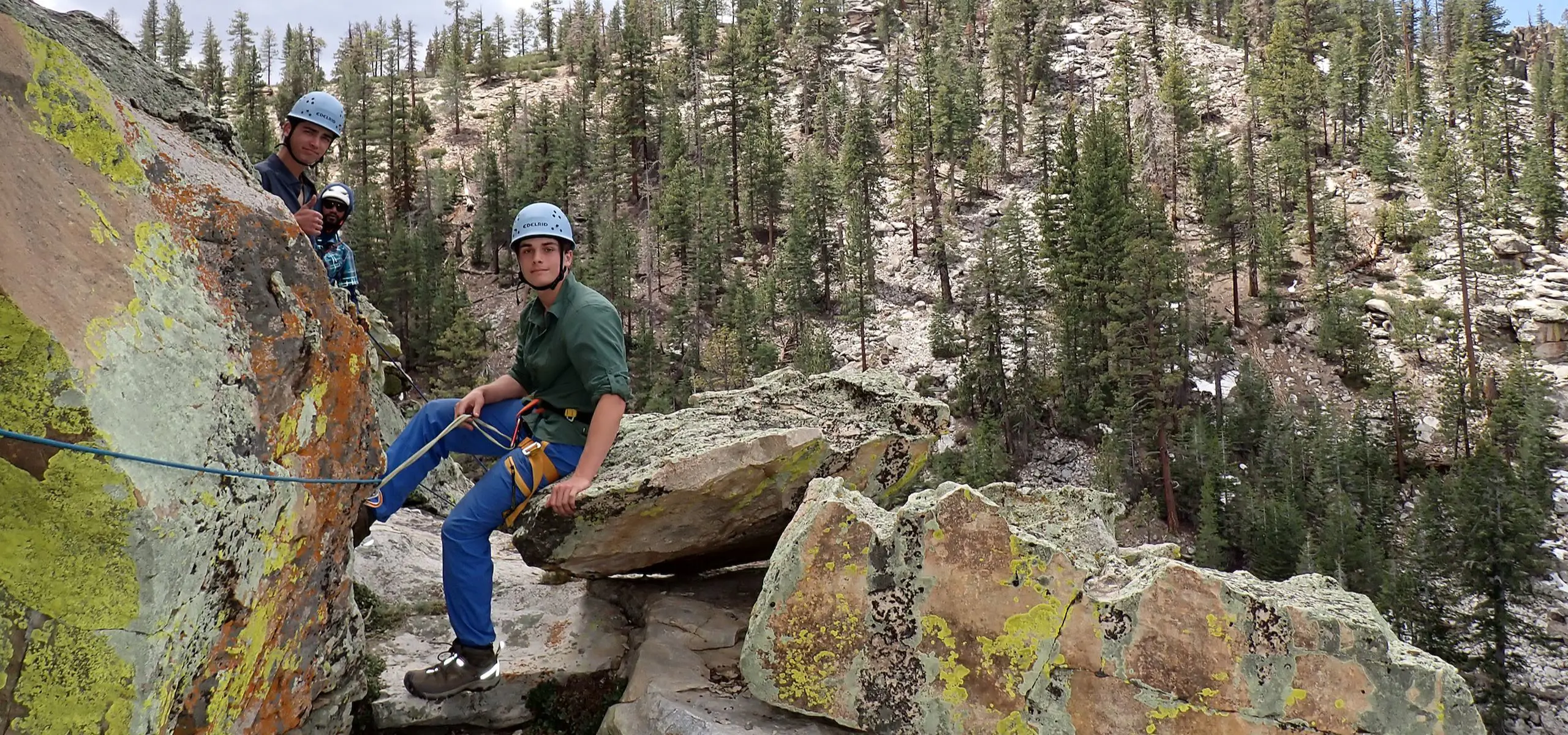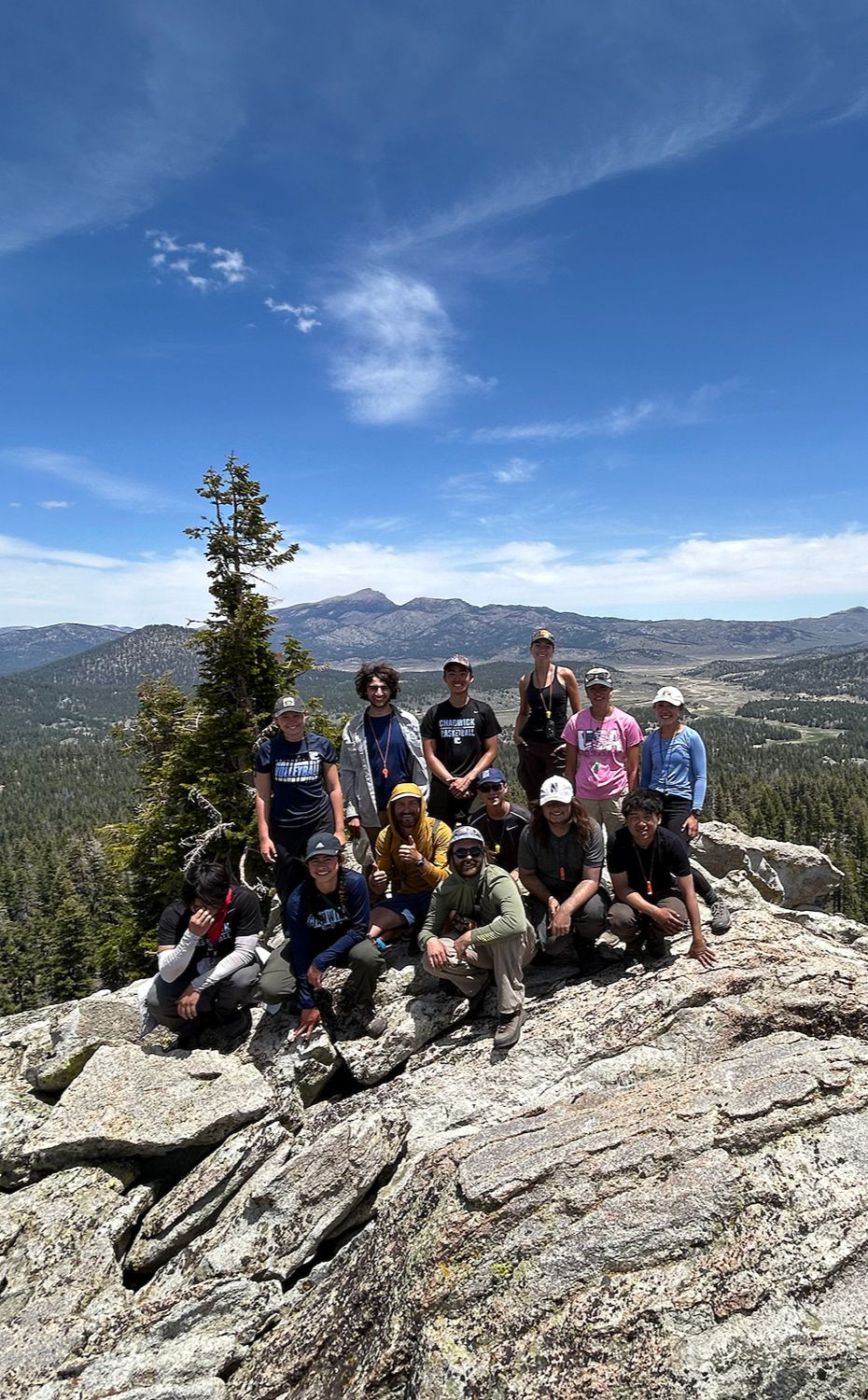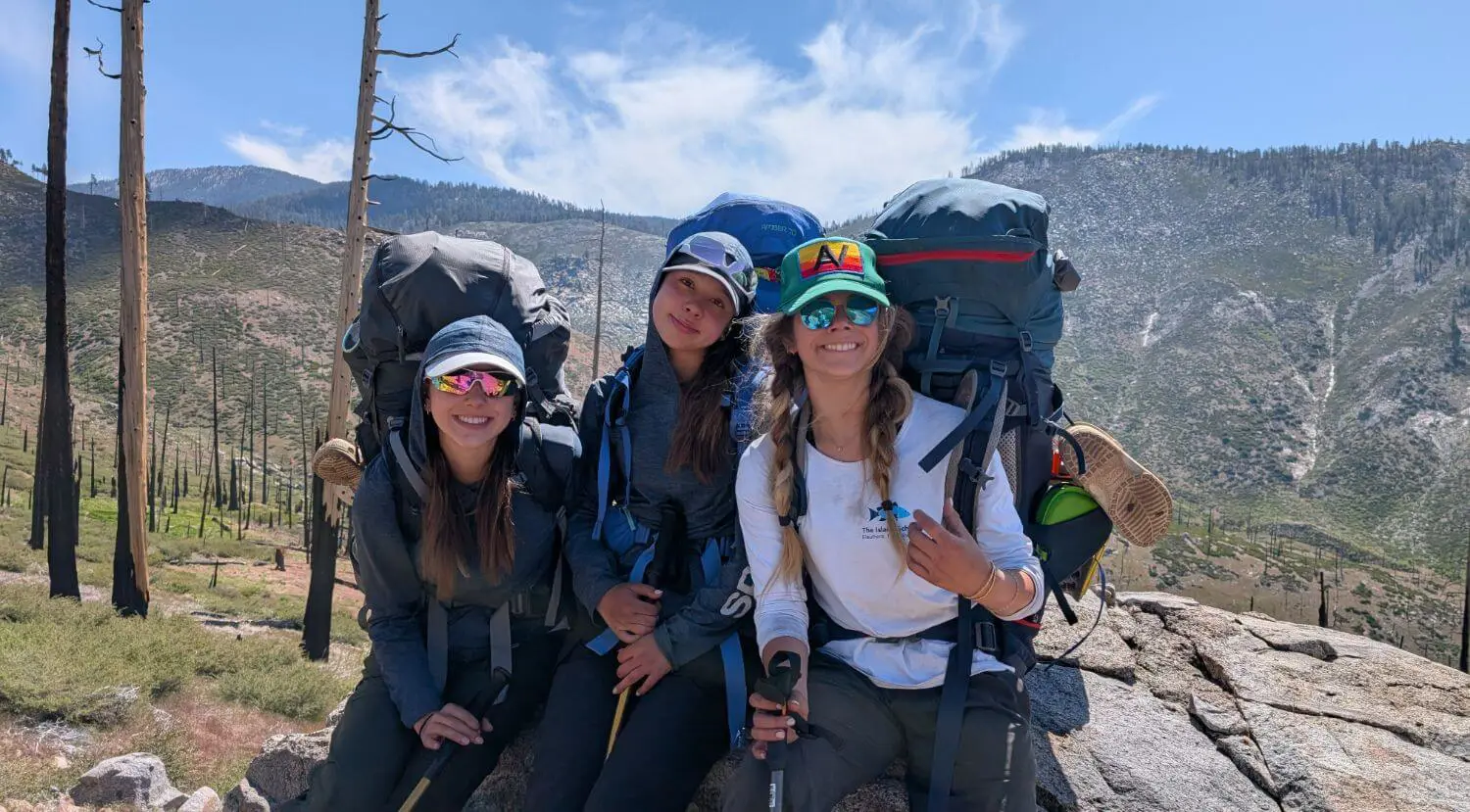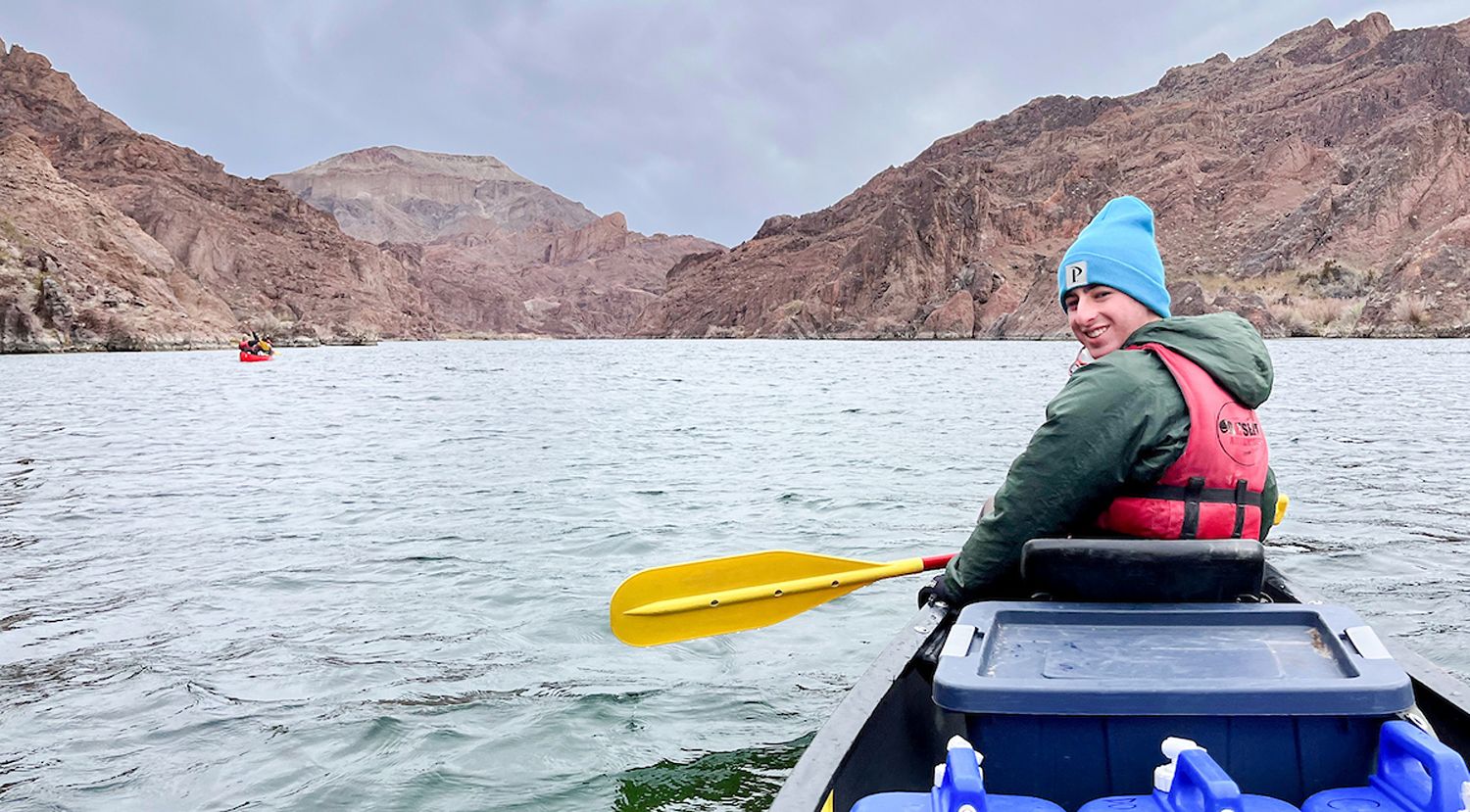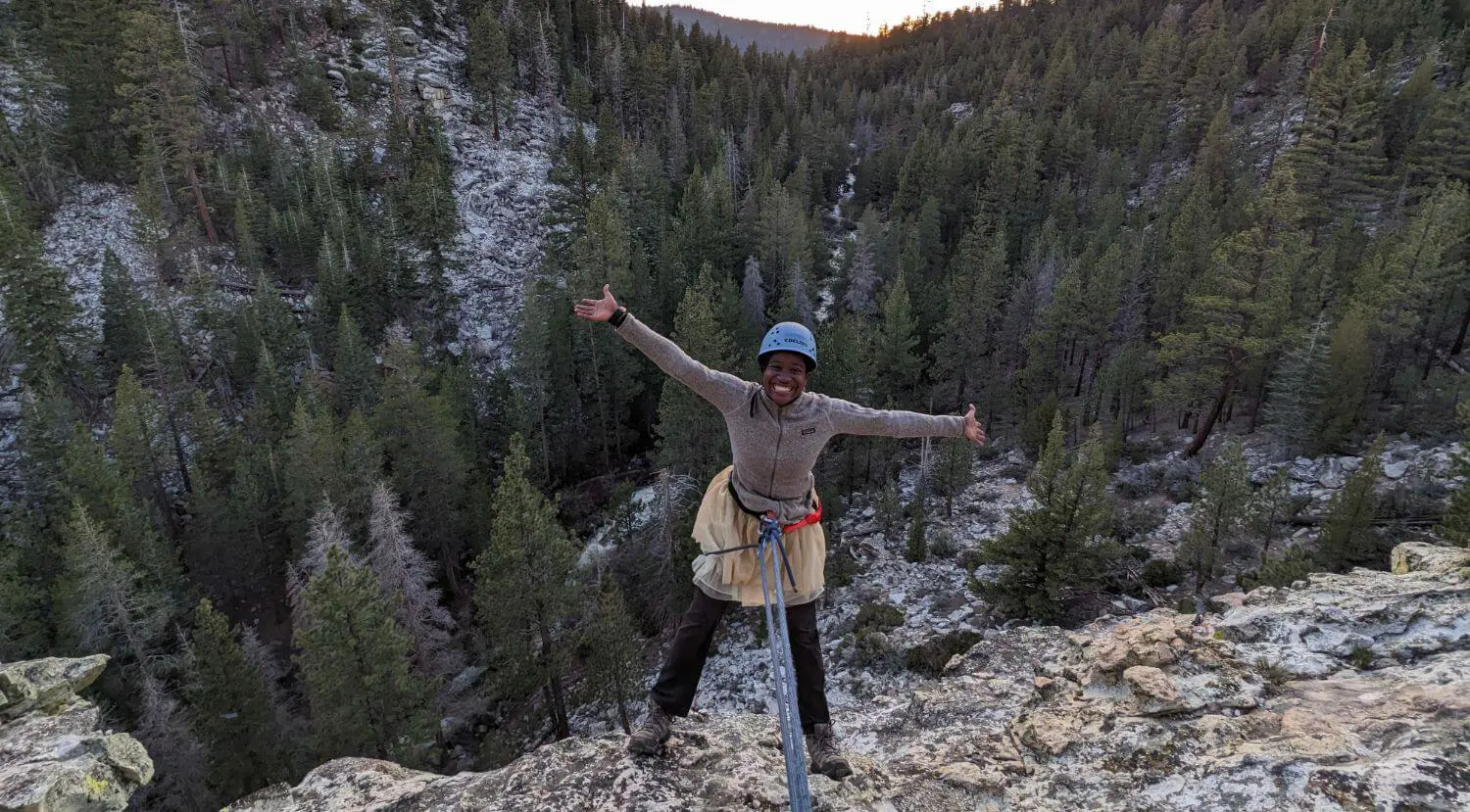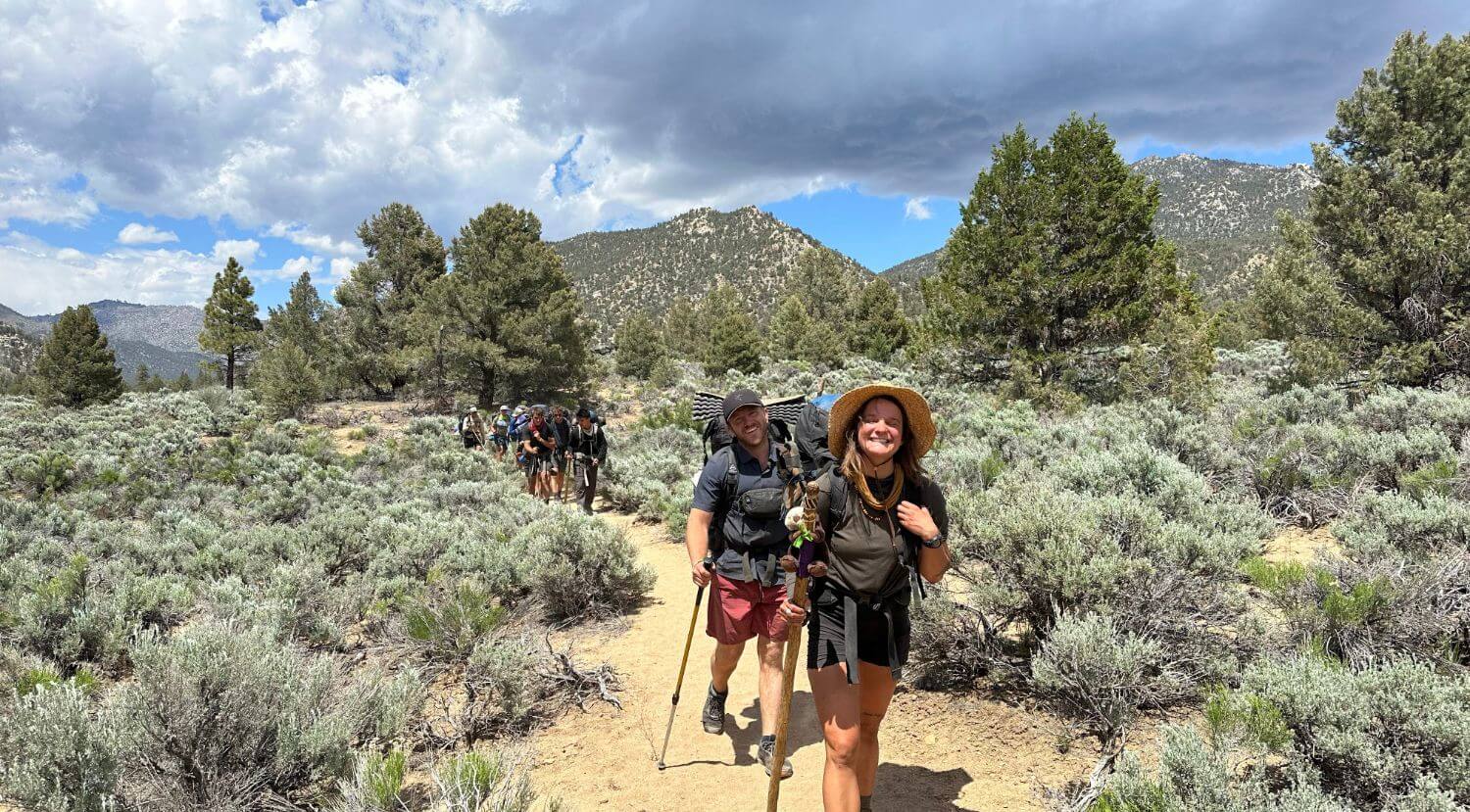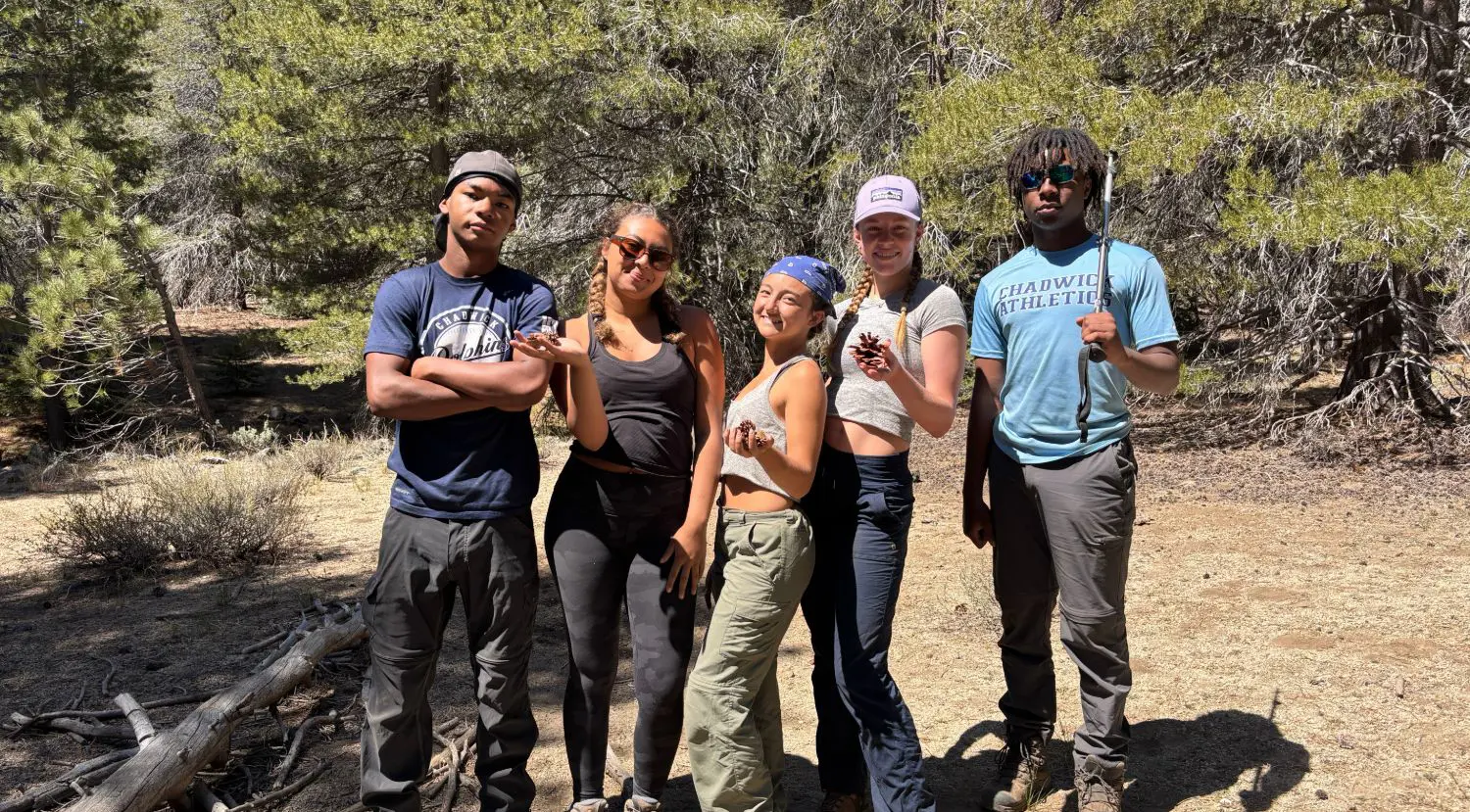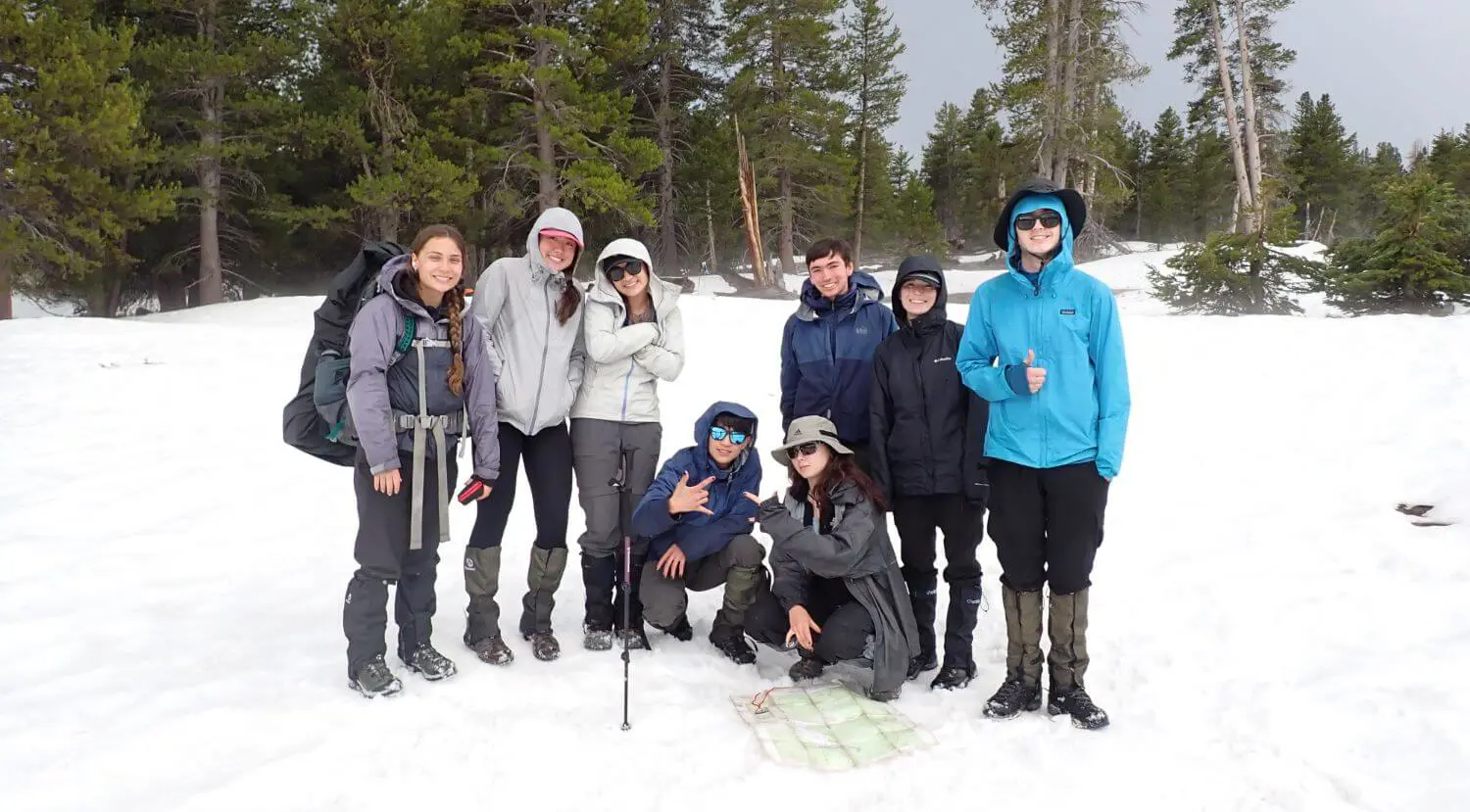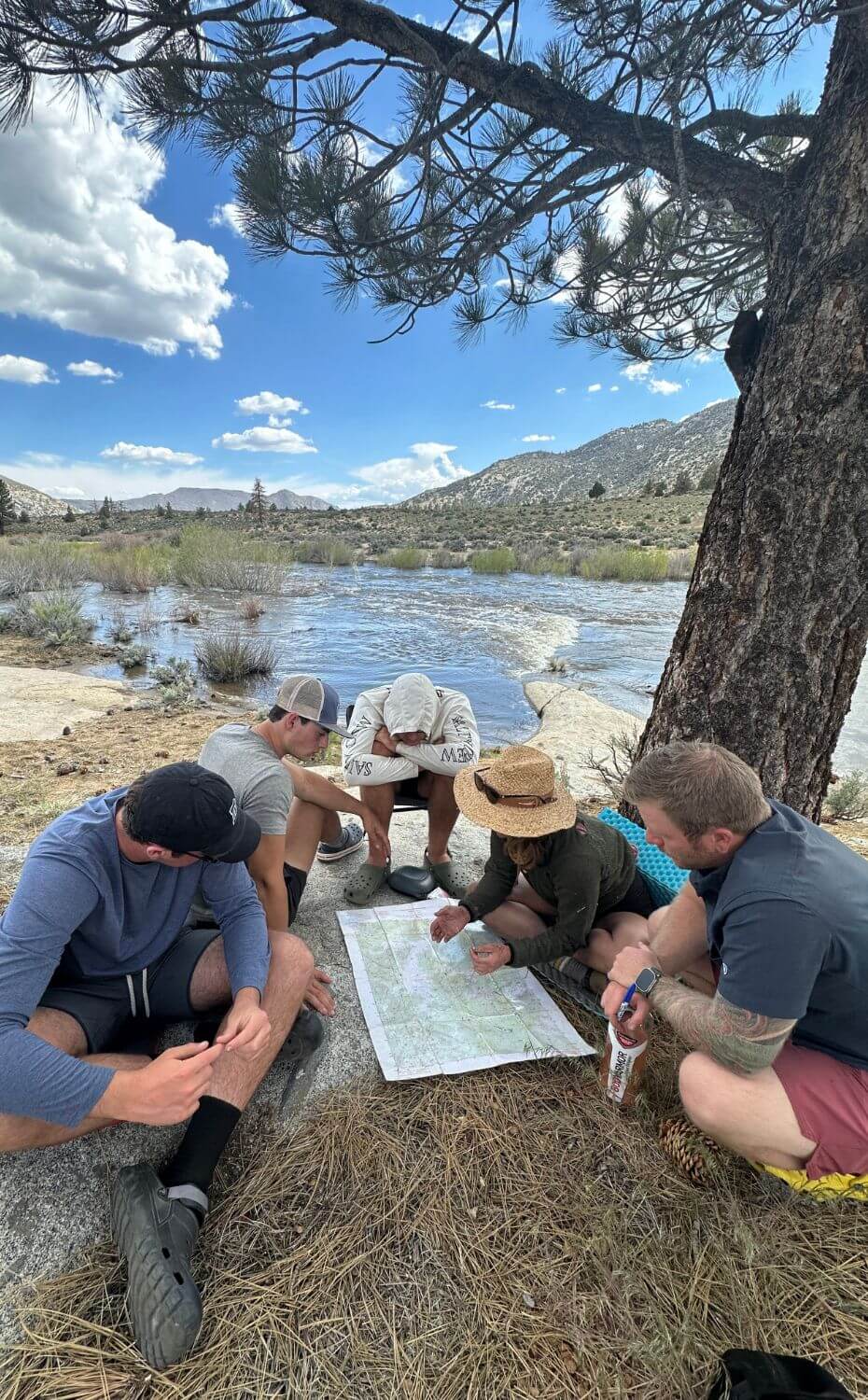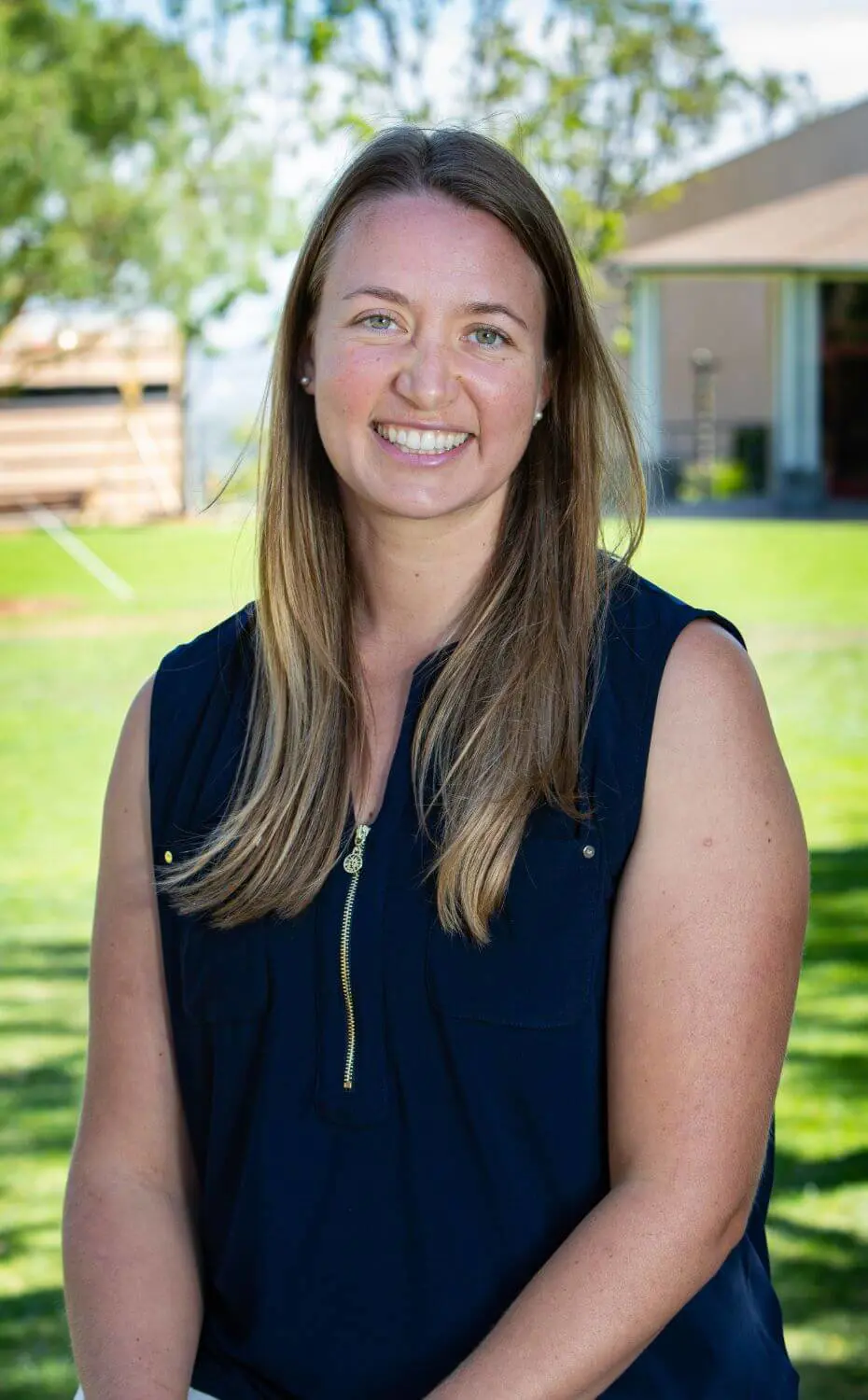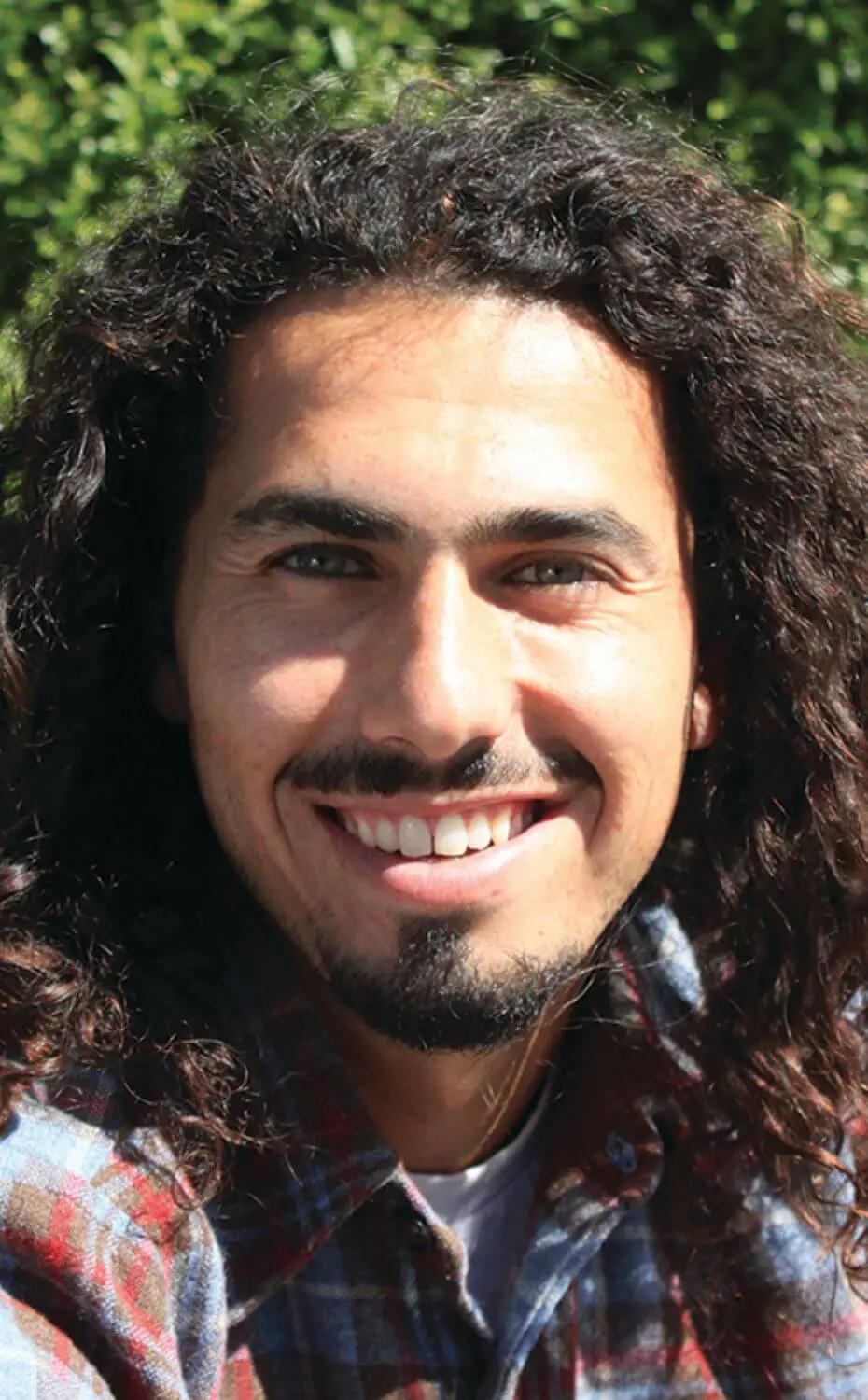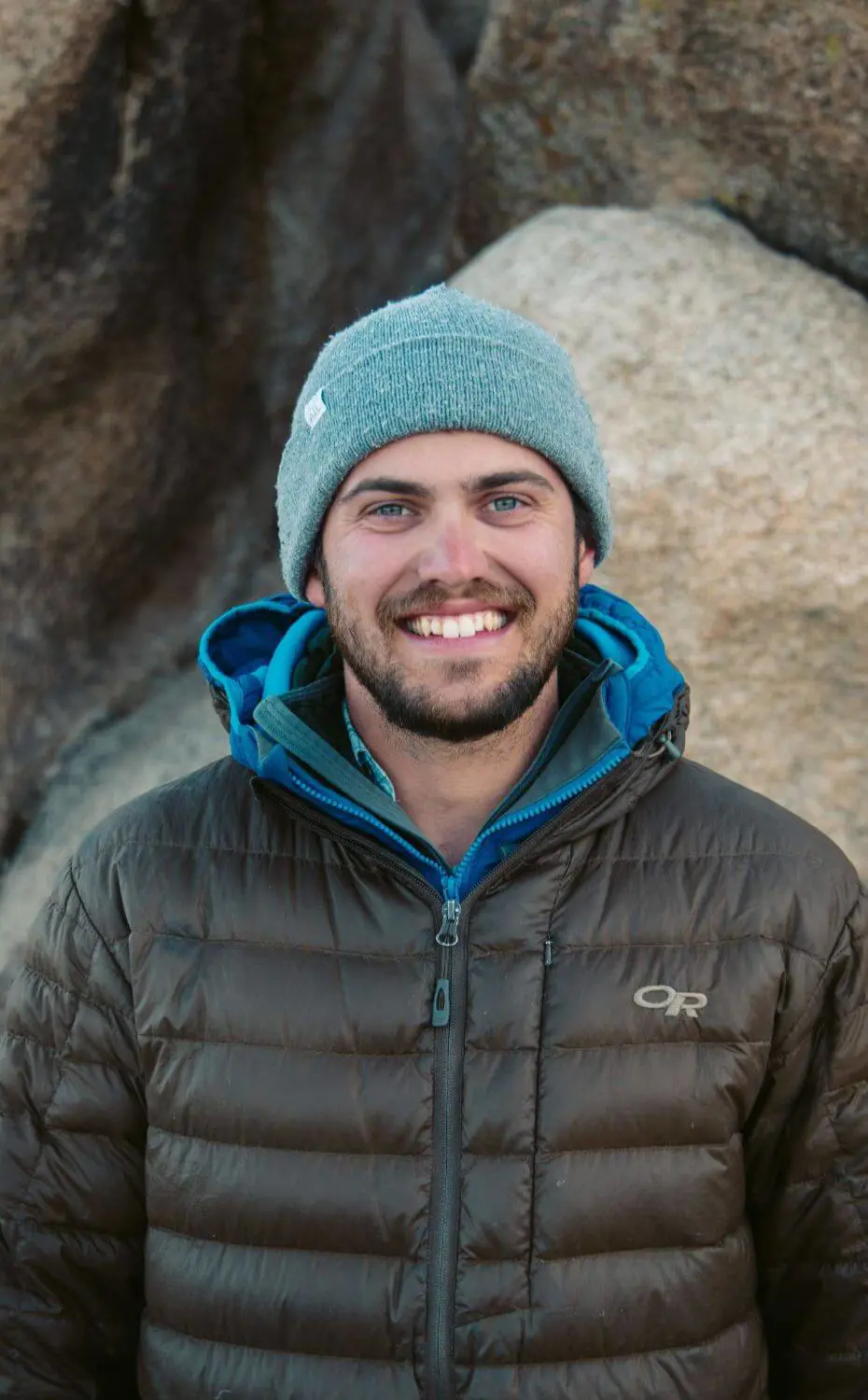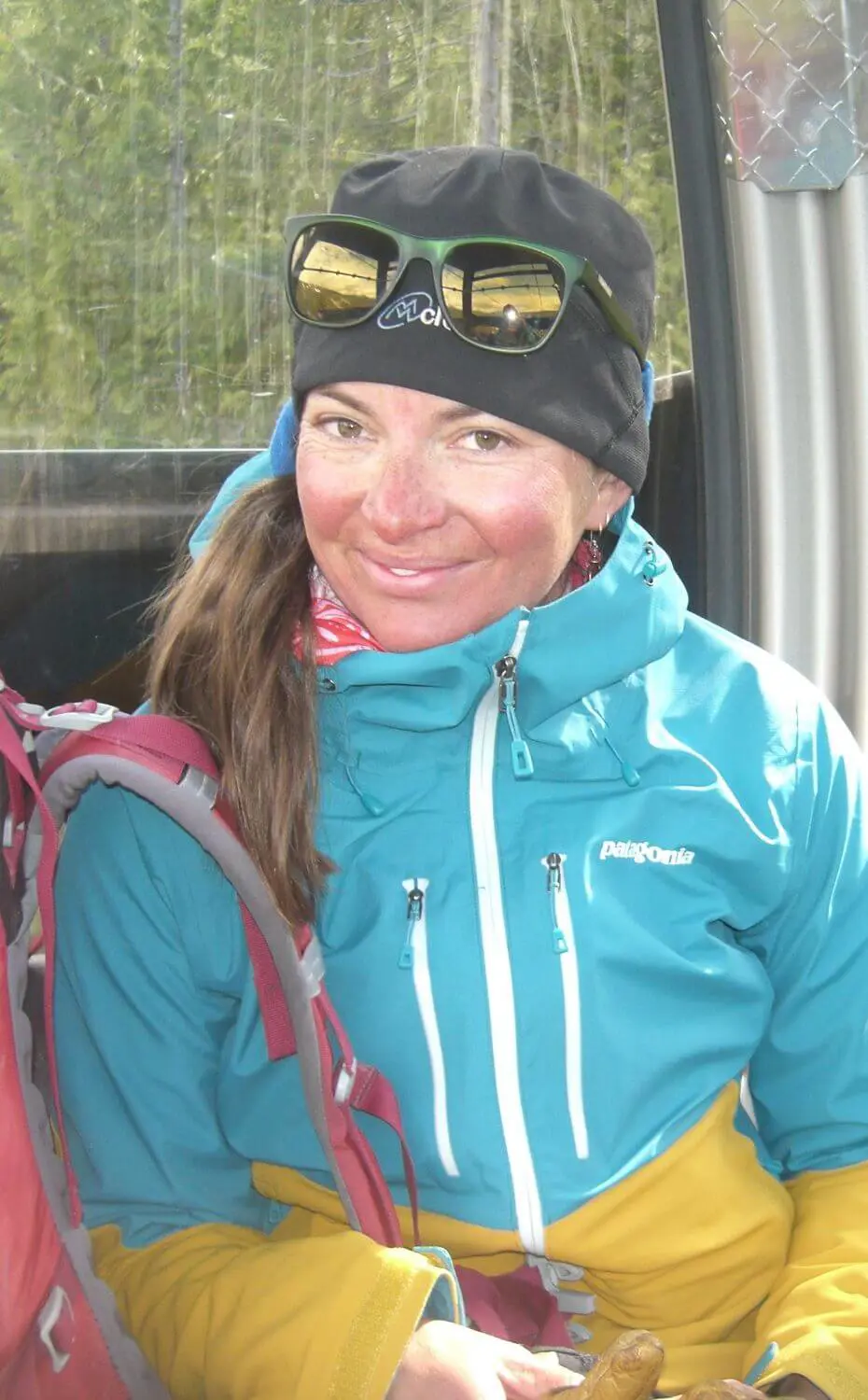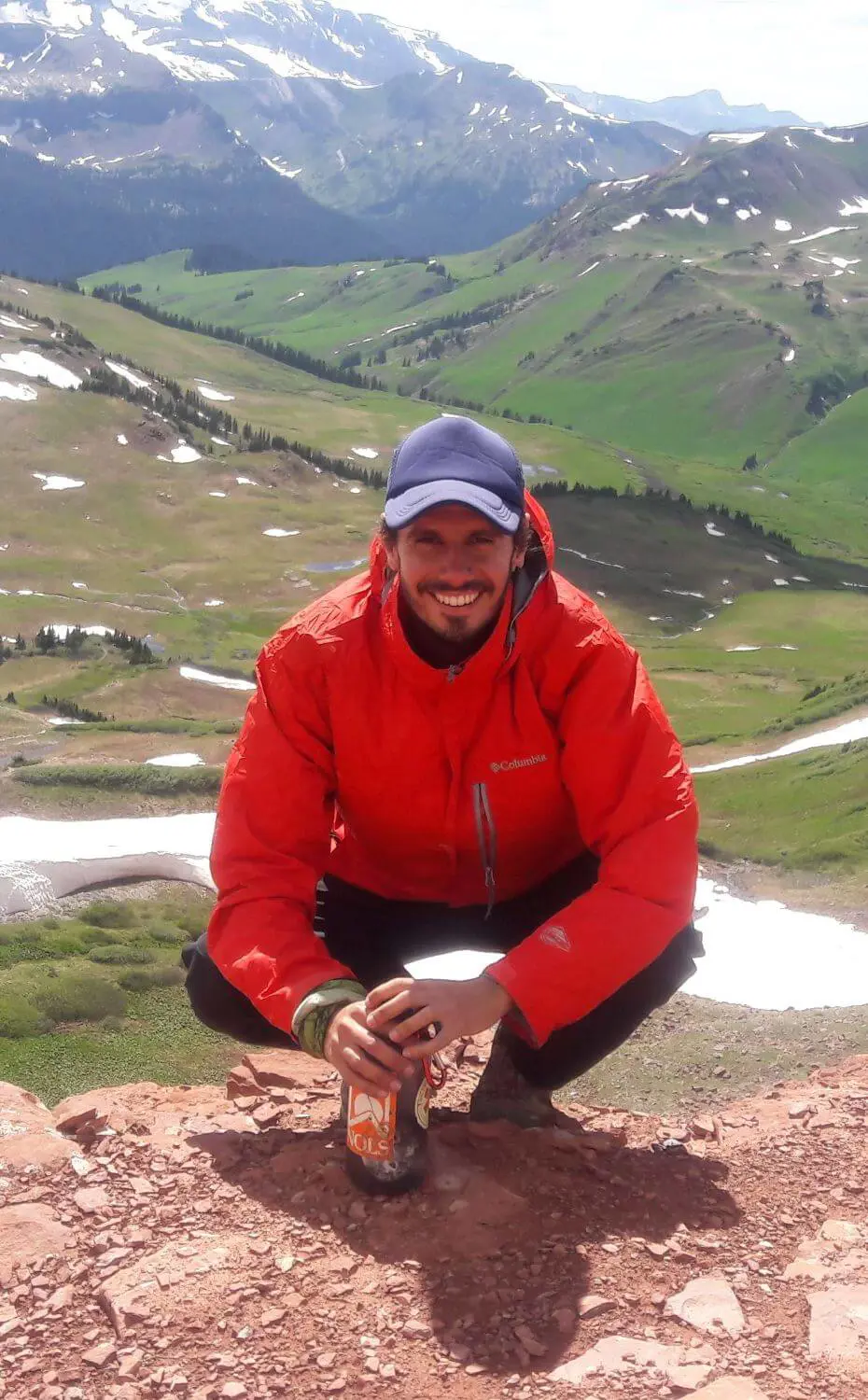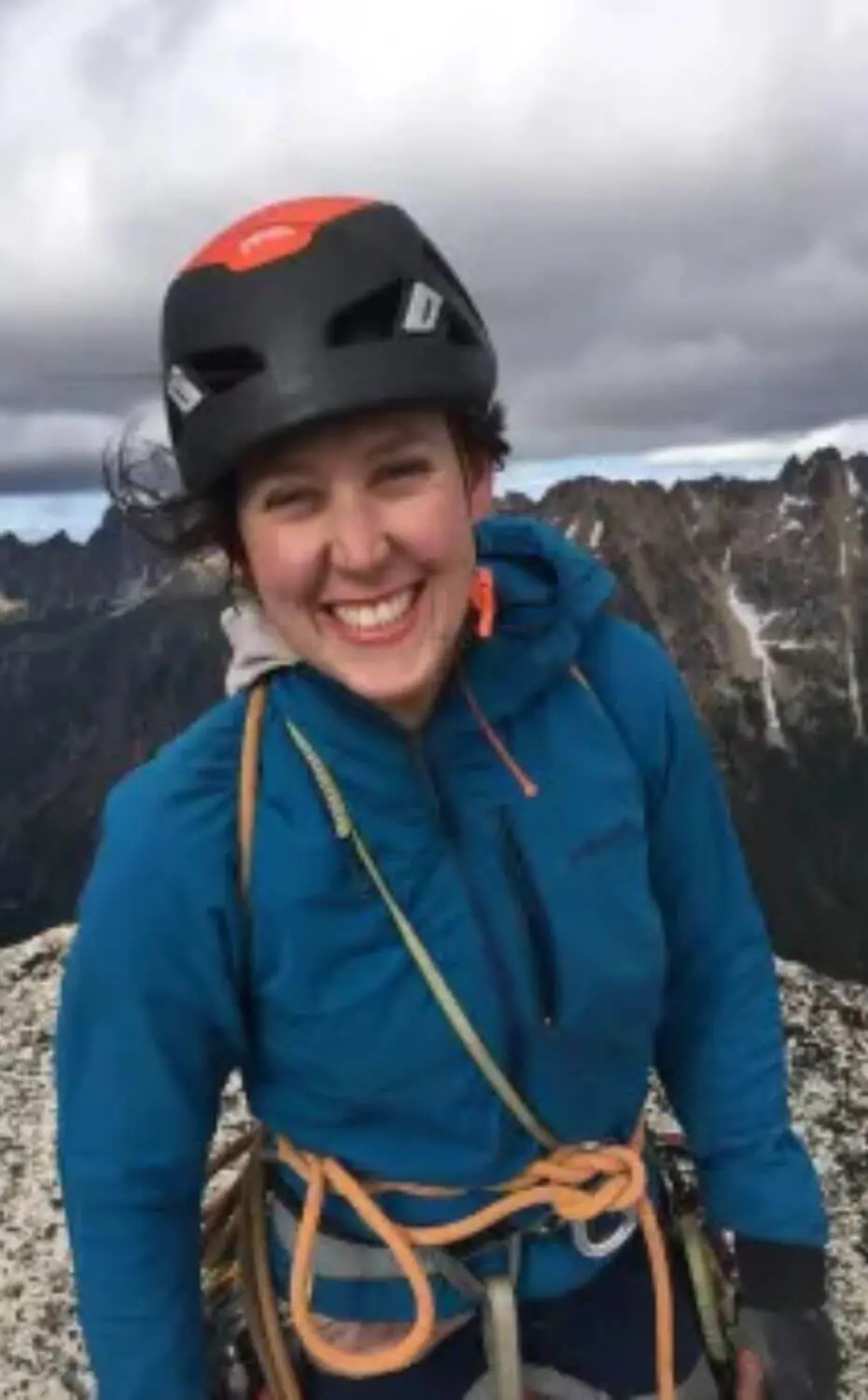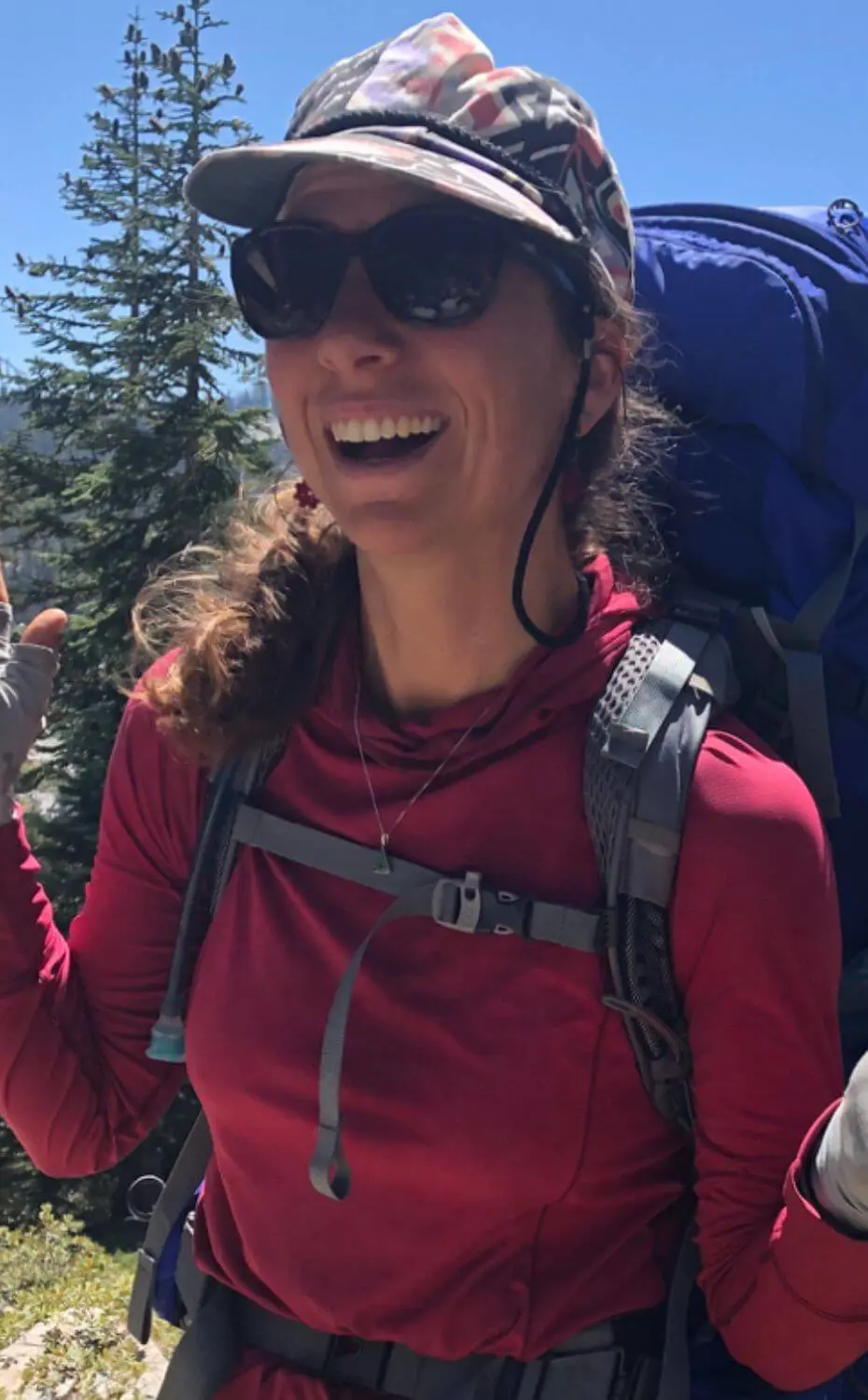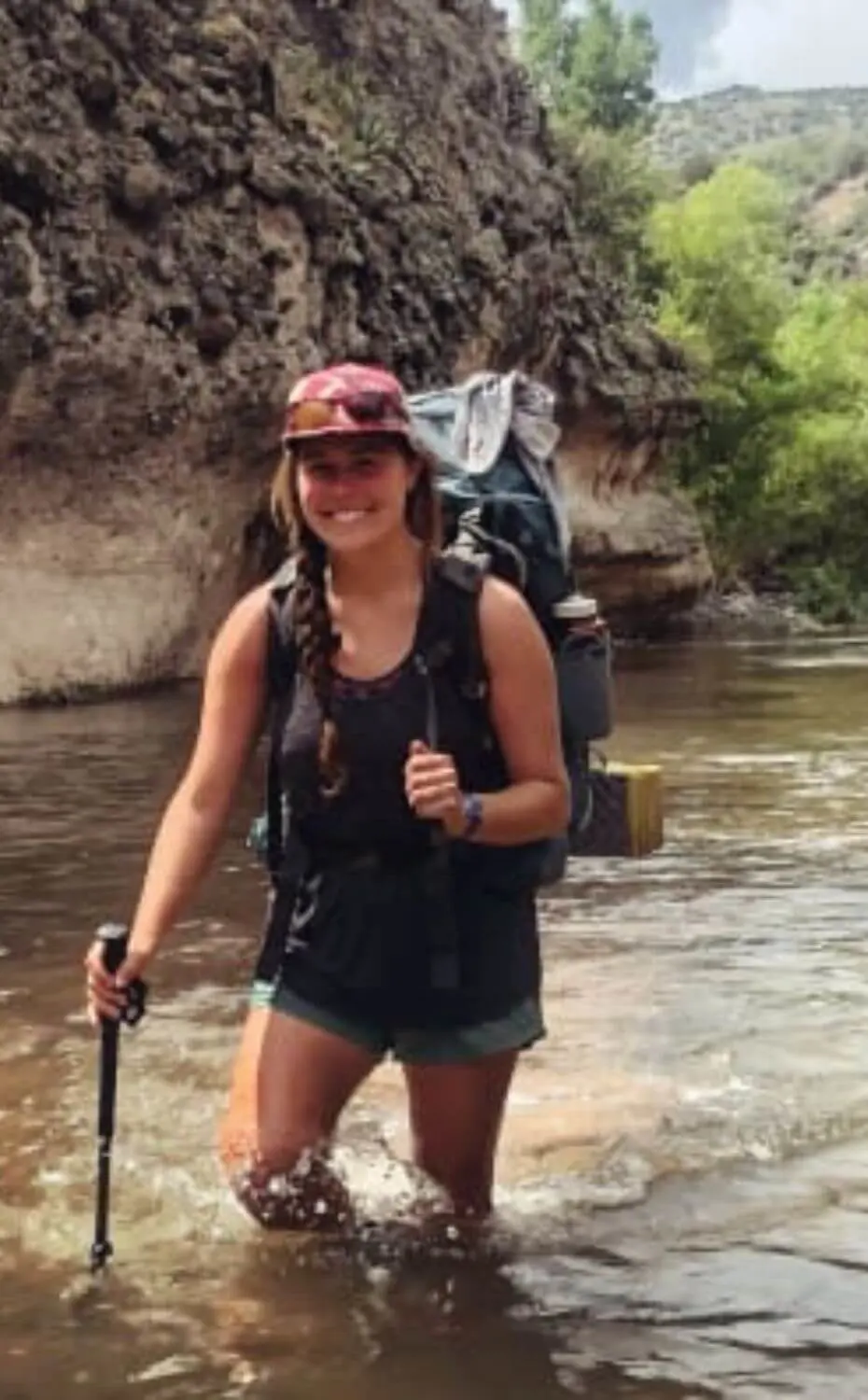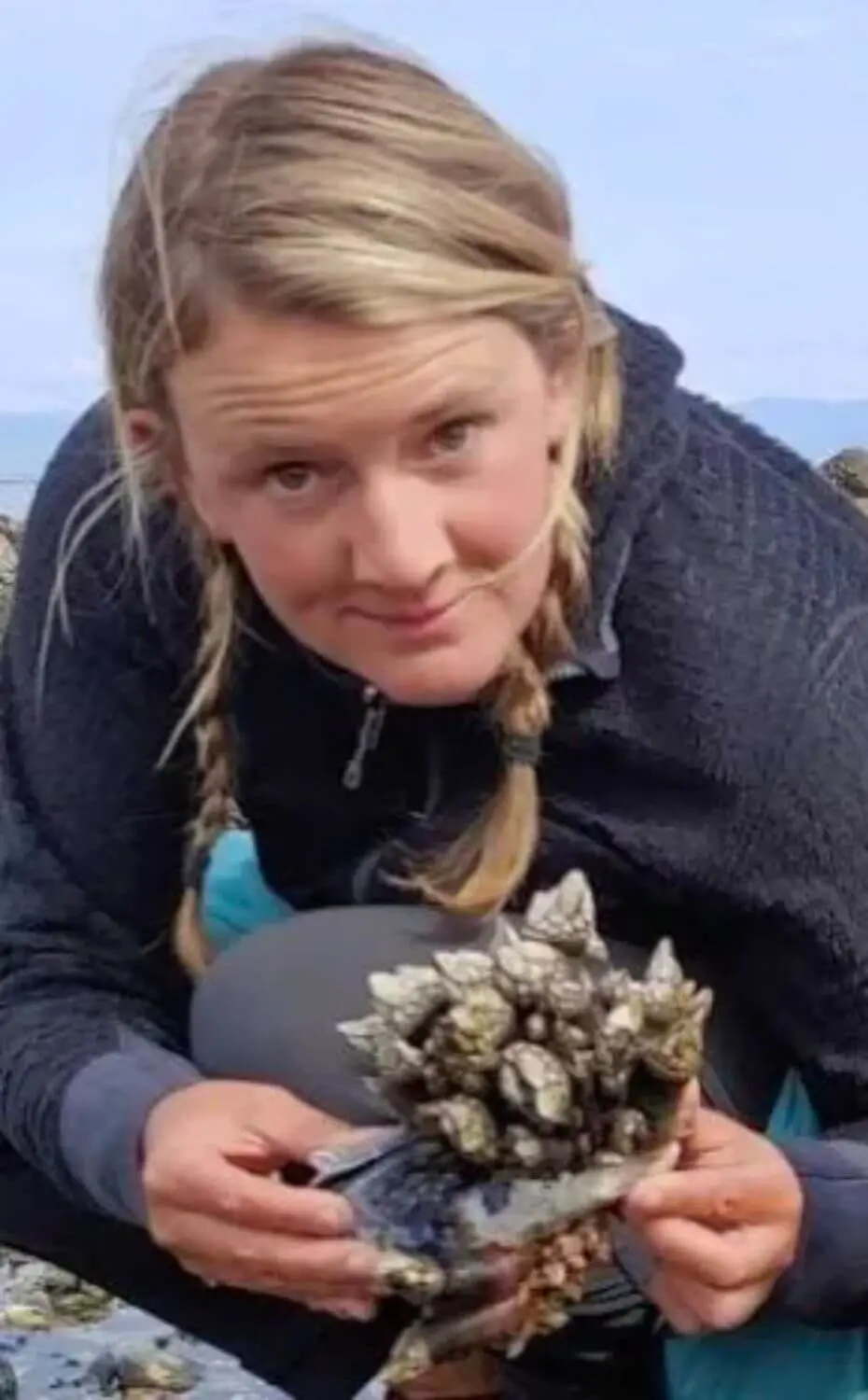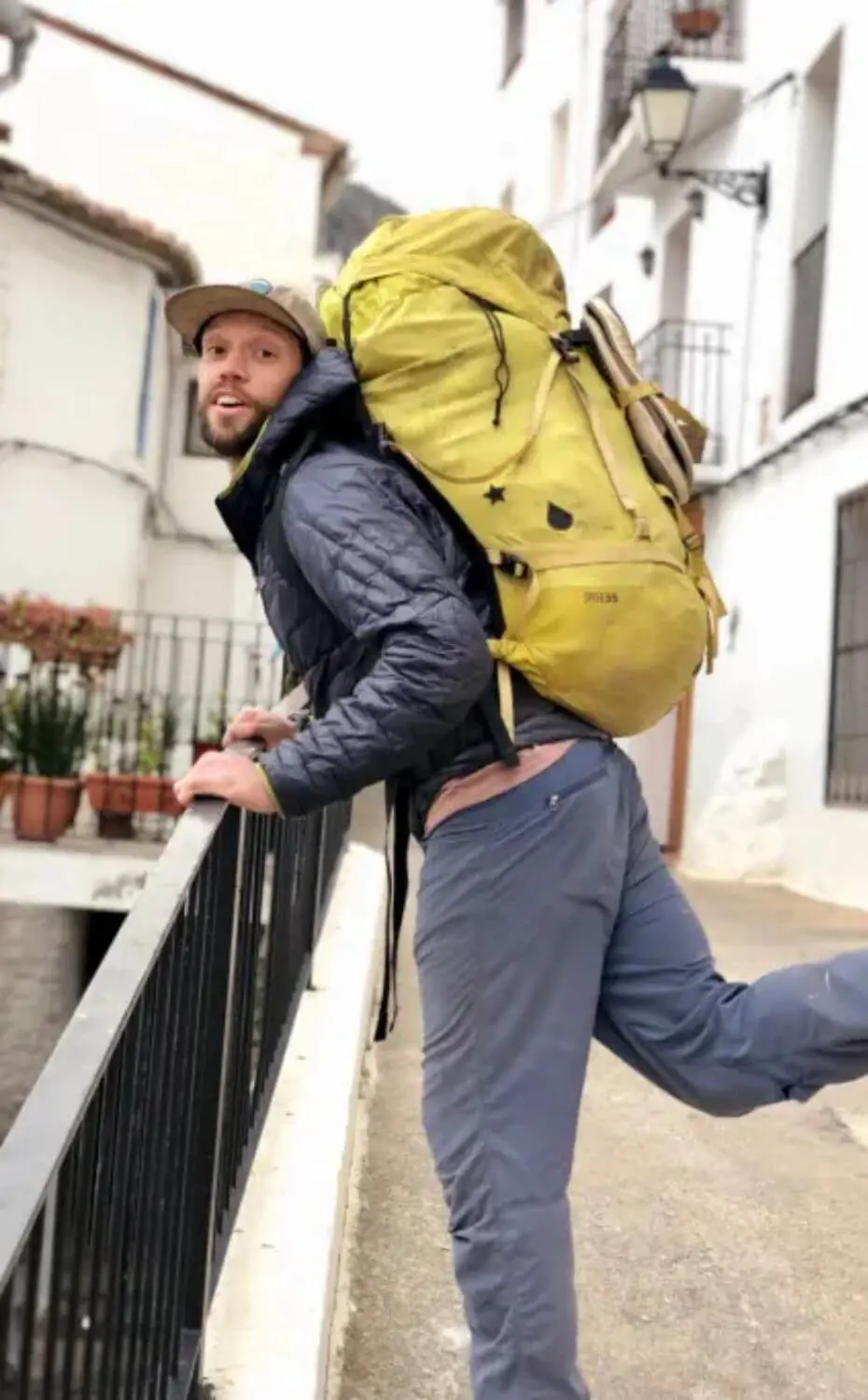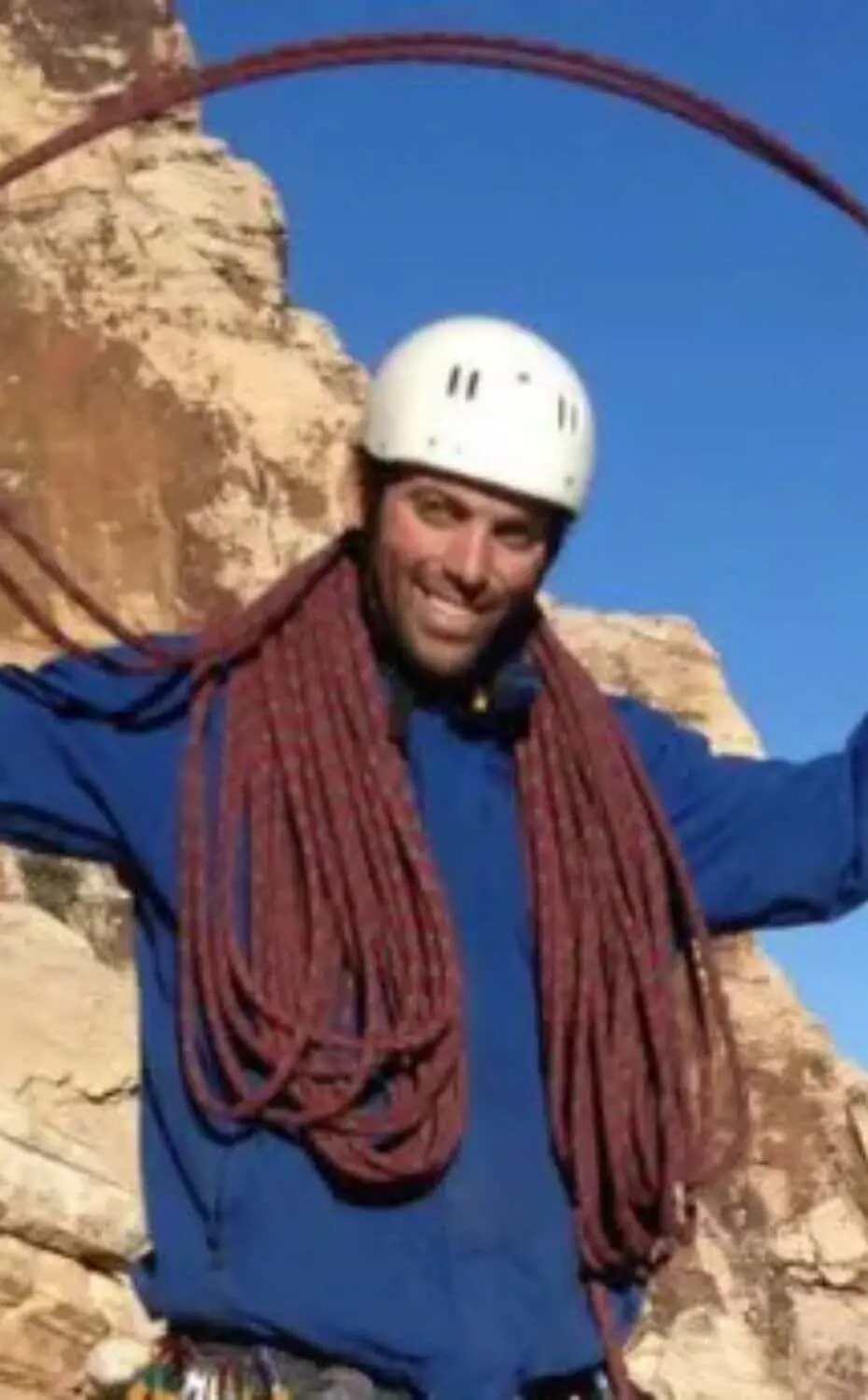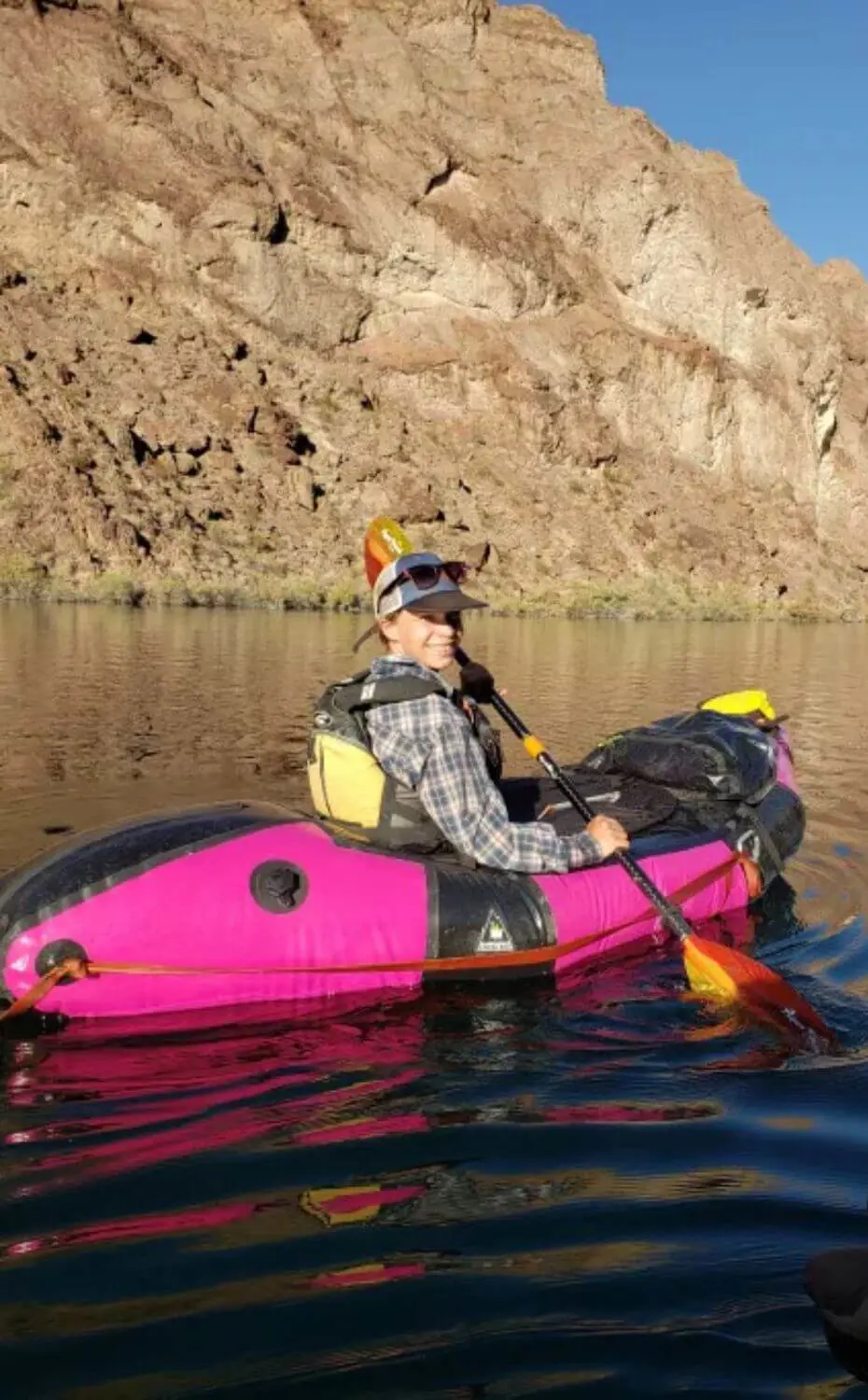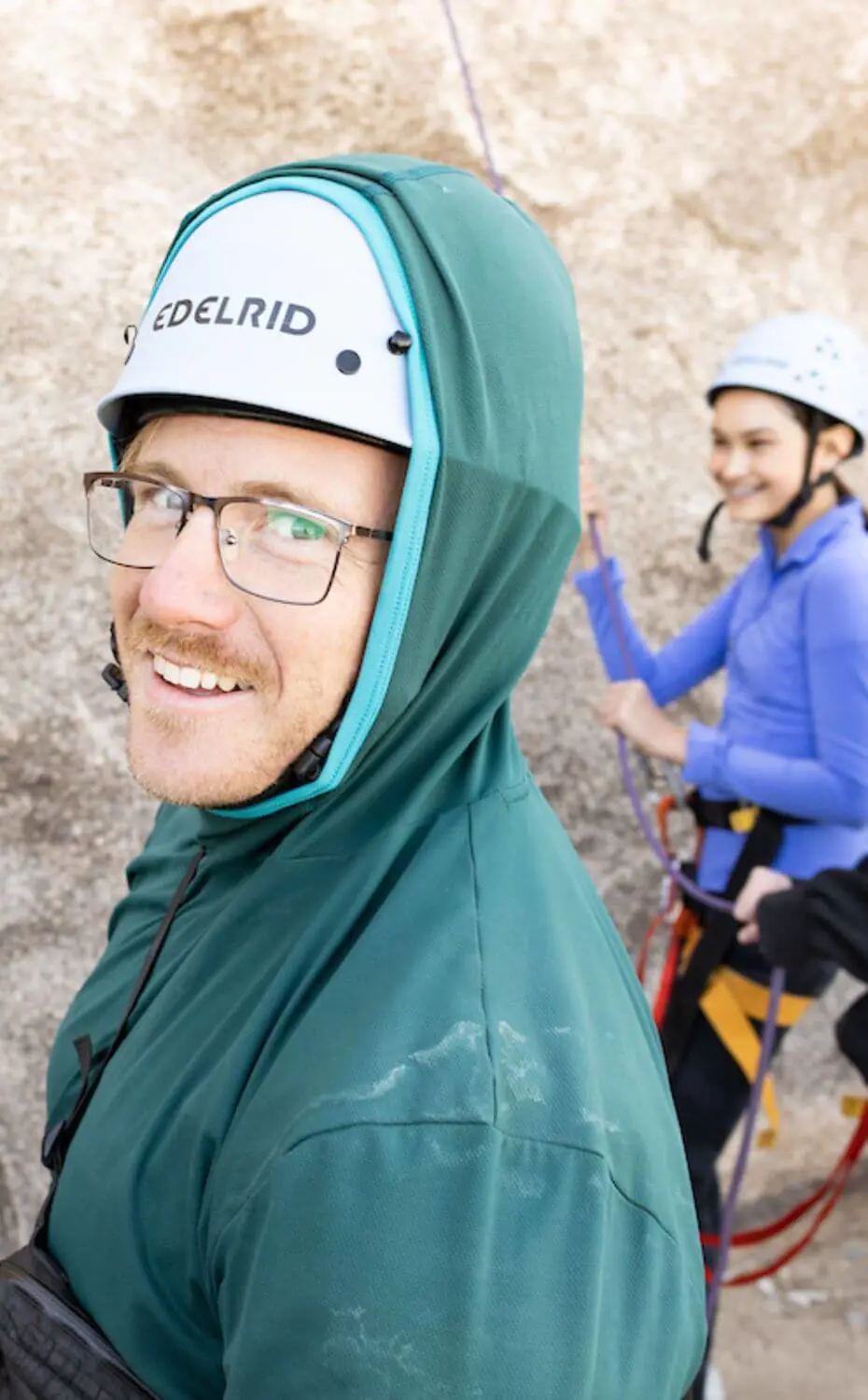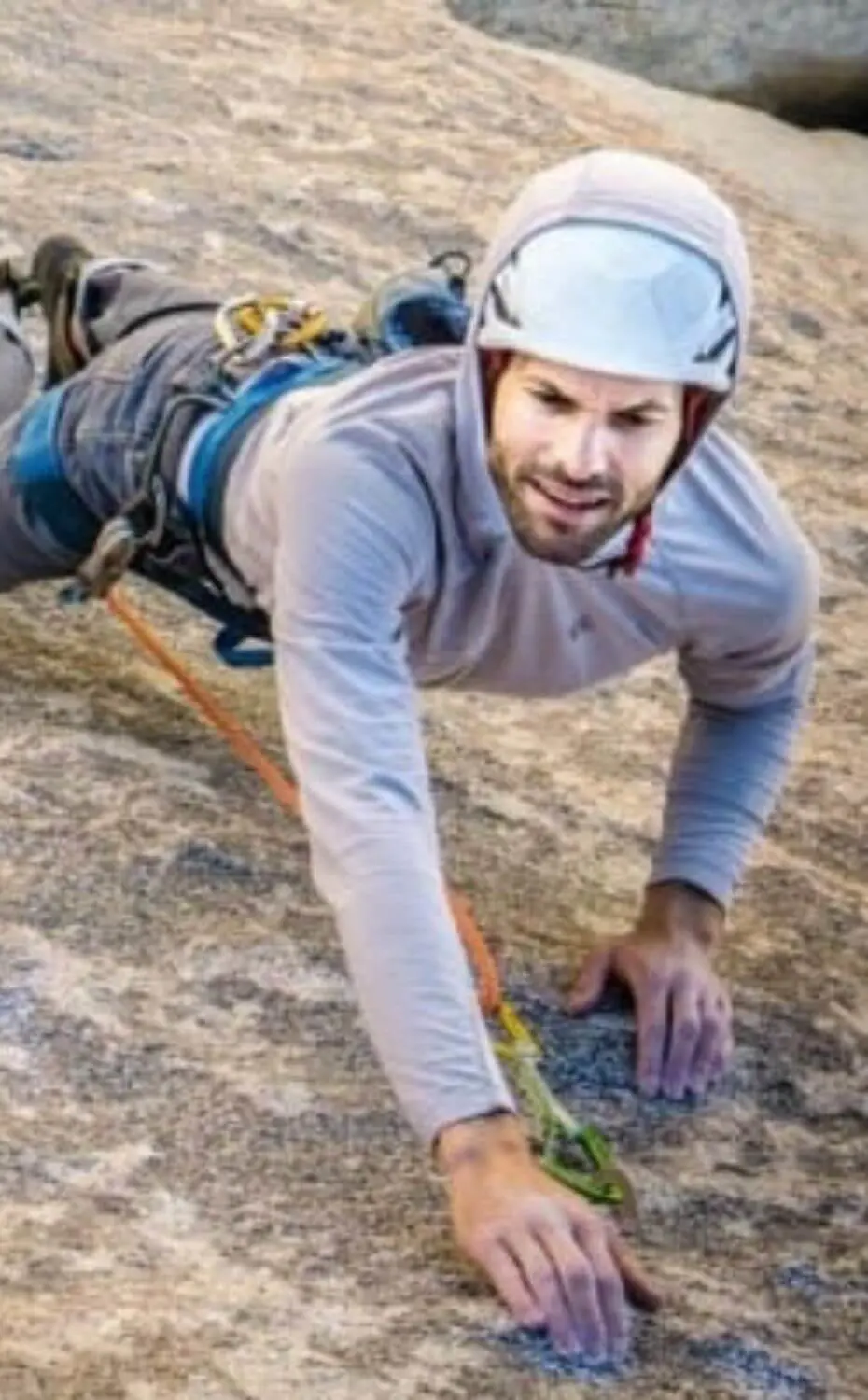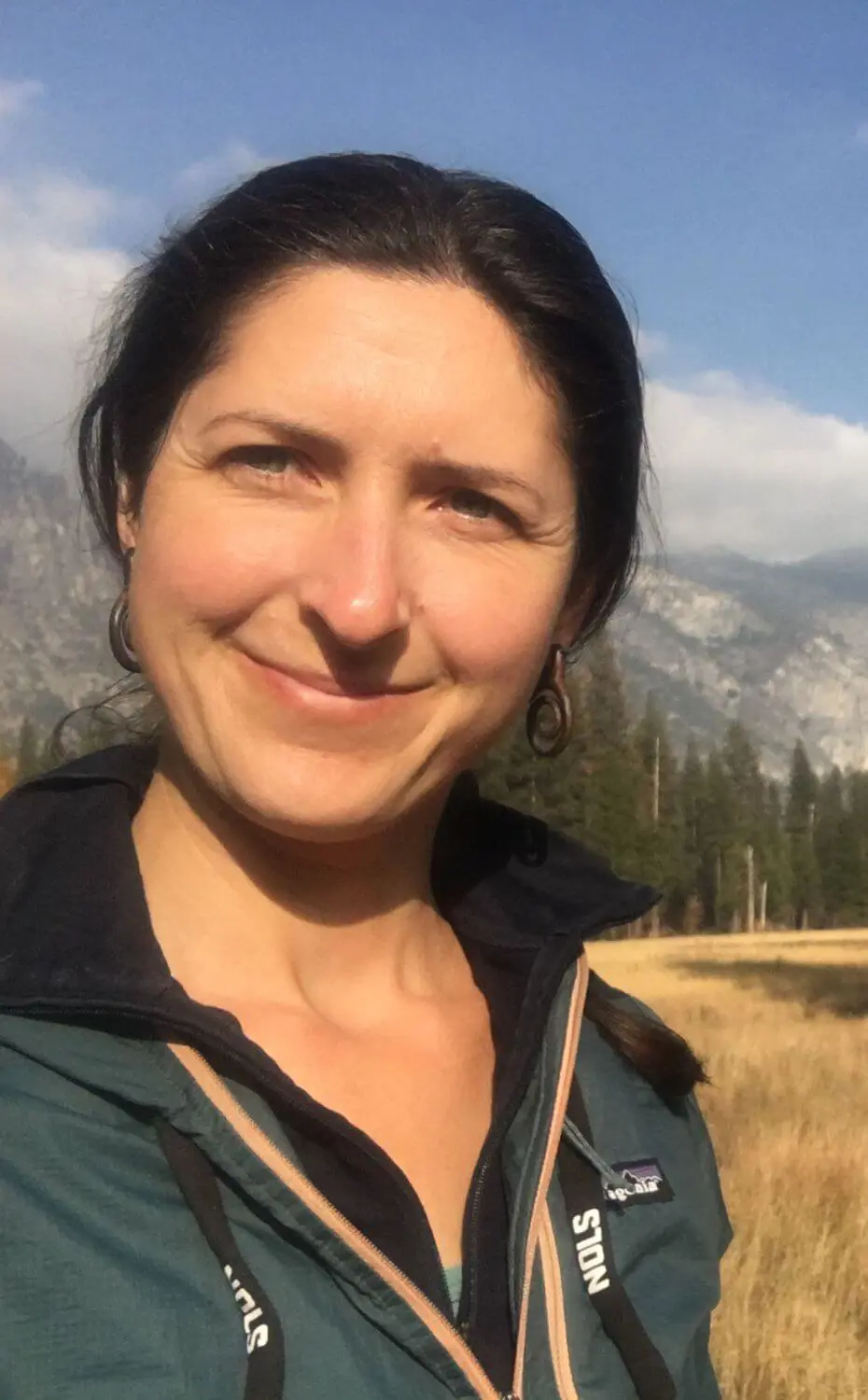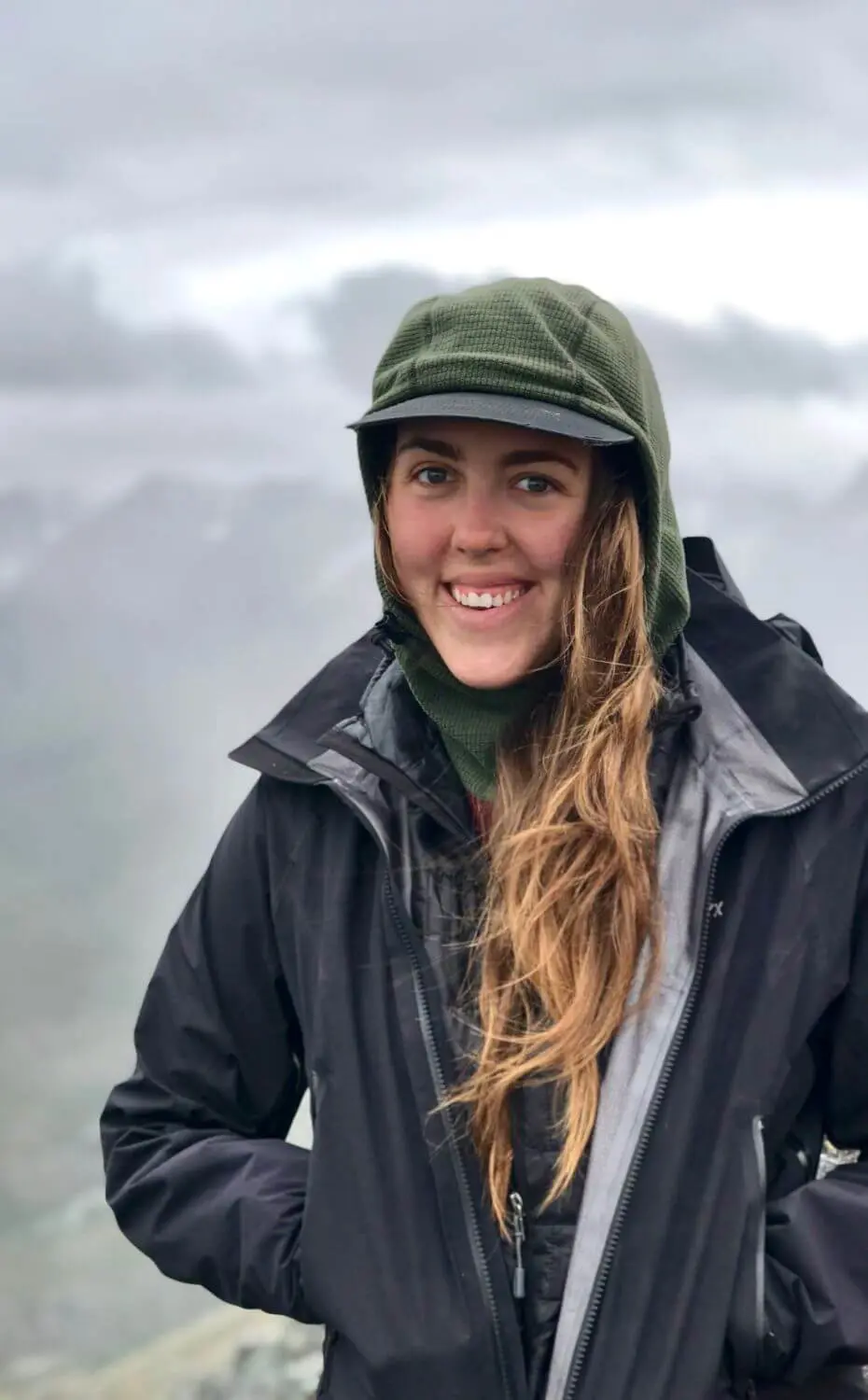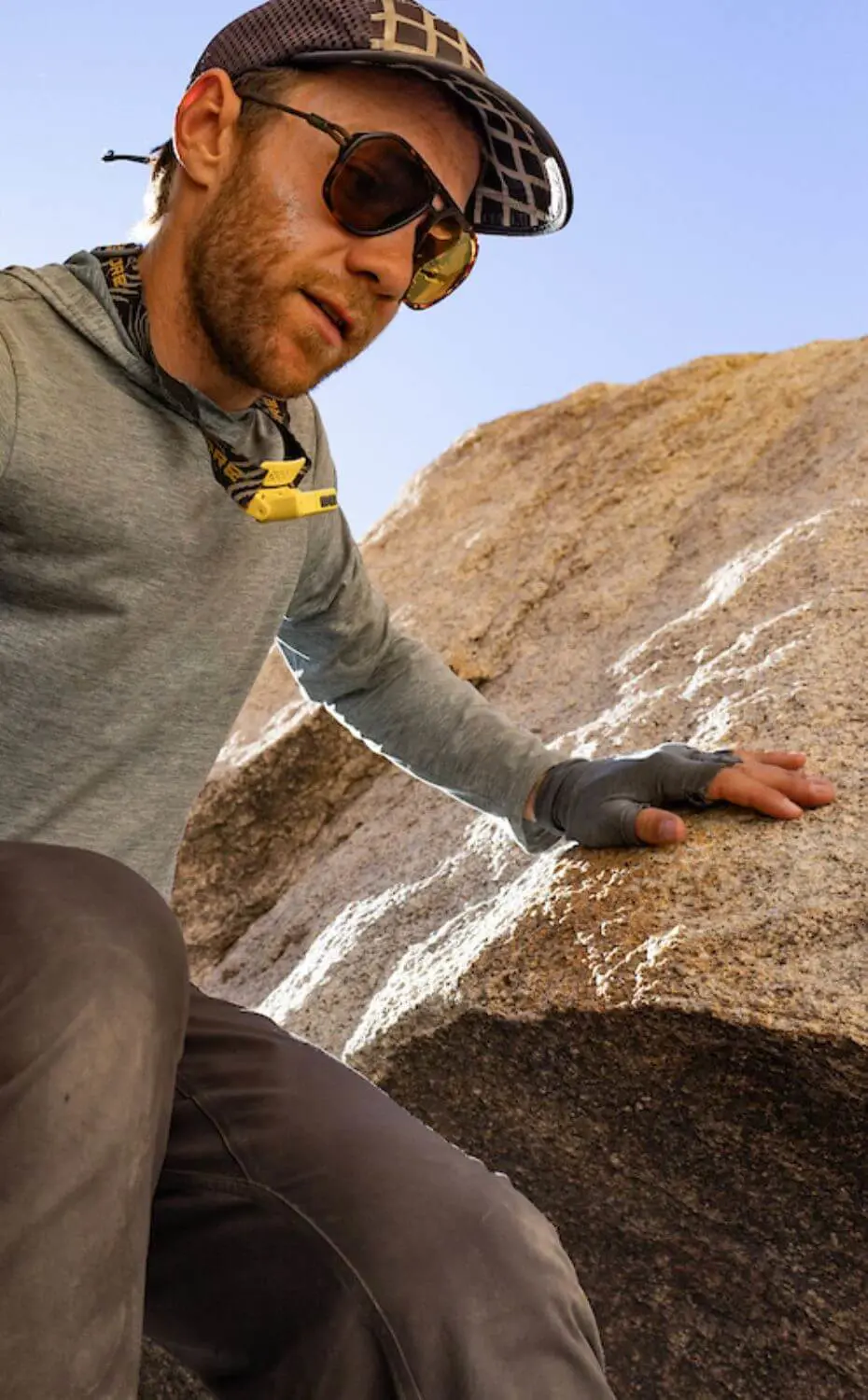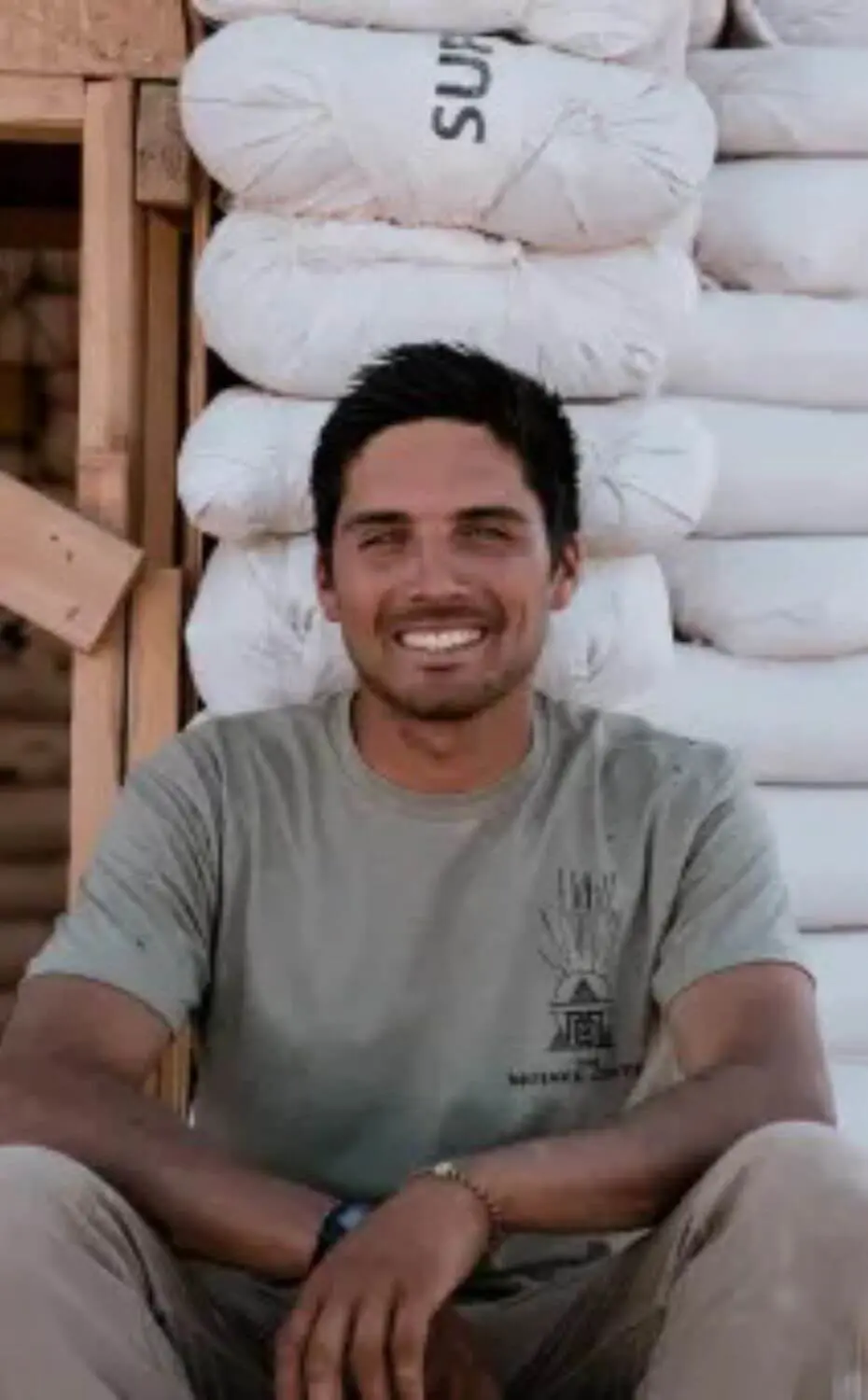Outdoor Education
At Chadwick, Outdoor Education is more than a tradition; it's essential preparation for the challenges of today's world. Our two full-time Directors of Outdoor Education design experiences specifically for our students to foster critical thinking, effective communication, collaboration, cultural understanding, courage and character.
Each adventure over the Upper School years builds upon the last, culminating in the renowned "Senior Course," a rite of passage for Chadwick students since 1976. These Outdoor Education experiences also help students develop resilience and independence as they spend time away from home, while making meaningful connections with each other through shared adventures.
With the completion of each experience, students feel more and more accomplished. And by the time they’re ready to move on to college, they are brimming with confidence and ready to tackle whatever comes next.
Grades 9-11
Multi-day expeditions take students further into the wilderness, whether it’s Joshua Tree, the Southern Sierra Nevada Mountains, Catalina Island, Zion National Park, the Colorado River or other exciting destinations. Students begin backpacking, carrying all their gear through the landscape in small teams, learning to take calculated risks, building camaraderie and strengthening teamwork. These experiences encourage self-reliance, confidence, and the ability to navigate complex environments and challenges, all under the guidance of our experienced Outdoor Education instructors, who lead and teach essential expedition skills.
Senior Course
The Senior Course offers students a powerful culmination to their Chadwick journey. This three-week backpacking experience allows students to bring together everything they’ve learned over the years, including leadership, teamwork and resilience. The journey pushes them to apply these skills as they navigate the wilderness, reflect on their growth and prepare for life beyond Chadwick.
Outdoor Education FAQs
| What does my child need to pack? |
|---|
|
During our pre-course parent and student meetings, we’ll review our detailed personal equipment lists for each trip. We’ve crafted the packing lists so that items are reusable year after year. The Outdoor Education Program provides group equipment including shelters, and food/cooking related items. In lieu of tents, we use "mids.” Mids are packable, lightweight shelters that help reduce pack weight. They are high quality shelters used by mountaineers. Students should only bring items listed on the personal equipment list. Radios, cell phones, electronic games, personal stereos or candy are not permitted in the field and will remain in our transport vans for the duration of the course. |
| Why can’t students bring phones? |
|
Students are highly active and engaged out in the wilderness. They begin engaging in monitored solitude where they are allotted time alone to reflect and journal about their experience. This time increases with each grade course and is carefully observed by instructors via check-ins. This time encourages contemplation, reflection, meditation and introspection. On varying levels, it can teach self-reliance, patience, stamina, appreciation of self, appreciation of others, meaning of the course and/or the meaning of life. It’s also a time for rest and recuperation. Phones and other electronics are a big distraction from engaging with the present moment. Most of our students tell us after the trip that not having to engage with an electronic device for several days in a row felt like a big relief, and they are grateful for the experience. Please note: our outdoor educators will have phones for safety and communication, as well as 2-way texting devices and satellite phones for areas where there is no cell phone coverage. We have detailed plans in place for risk management, and risk management communication is performed by our experienced, trained, professional outdoor educators. |
| What is your program’s accreditation and your instructors’ experience? |
|
Our program has been accredited by the Association for Experiential Education since 1997. Earning and maintaining that accreditation means passing an external review every three years and a peer review every 10 years. We’re required to submit an annual report and pass 330 specific standards of approval. Under the guidance of Chadwick’s Outdoor Education Co-Directors, instructors follow a written syllabus for each course and adhere to a detailed set of risk management policies, safety protocols and emergency procedures for each location. All instructors have CPR and Wilderness First Responder certifications. Students gain experience in risk management, hazard evaluation, decision-making, communication, expedition behavior, leadership and wilderness ethics. |
| Why do we take trips into the wilderness? |
|
Outdoor courses in the wilderness present unique opportunities for students to experience powerful lessons. Group dynamics, trust and interpersonal communications are paramount, and learning becomes more acute as they work their way through natural challenges and uncertainties that wilderness trips can present (weather, navigation, cooking, camping, teamwork). Incredible bonds are formed and invaluable life skills are learned as students work through mental, physical and emotional challenges that may arise during the course. Each student tends to be challenged by different aspects of the trip, so they can also practice giving and receiving support from each other. Students reflect, grow and can then apply that learning to school, home and life in general. |
| Where are your trips located? |
|
Chadwick’s Outdoor Education Program gives students opportunities to explore a variety of ecosystems and wilderness areas in California. While subject to change due to weather, conditions, and the needs of the program, here’s where we typically plan to hold our outdoor education programs:
|
| Will my child see any bears? |
|
Black bears are a healthy and important part of the ecosystem in the Sierras. The bears your child might see in our course area are black bears. Black bears come in a range of colors including black, brown, cinnamon, tan and blonde. They are shy, non-aggressive omnivores that eat grass, berries, insects, acorns, birds, dead animals and anything they can easily access. Black bears also are attracted to garbage, compost, human food, strongly scented lotions, sunscreens, toiletries, pet food, animal food, small livestock and pets. Unfortunately, when bears are able to access improperly stored trash and food, they become habituated to human spaces and lose their shyness. We teach our students about proper food, toiletries and trash storage to maintain healthy, shy bears that are not interested in approaching people. Typically we pack our food and toiletries in “bear canisters” or Ursacks. We encourage everyone to pack minimal toiletries and unscented items whenever possible. Occasionally our groups get the opportunity to see a black bear in the wild from a distance! Typically these bears will run away from the group once they notice our presence. |
Meet our Outdoor Education Instructors
Chadwick’s outdoor educators are passionate people who have dedicated their lives to experiential environmental education. In addition to teaching survival skills, instructors act as emotional anchors for students as they navigate increasingly challenging endeavors out in the wilderness. Using small group adventure as a vehicle for learning, Chadwick's outdoor educators engage students in developing trust, critical thinking, community, independence, communication and an appreciation for nature. As a direct result of these challenges, they return home having transformed their relationship to themselves, their environment and to each other.
Educators follow a written syllabus for each course and adhere to a detailed set of risk management policies designed to keep students safe.








